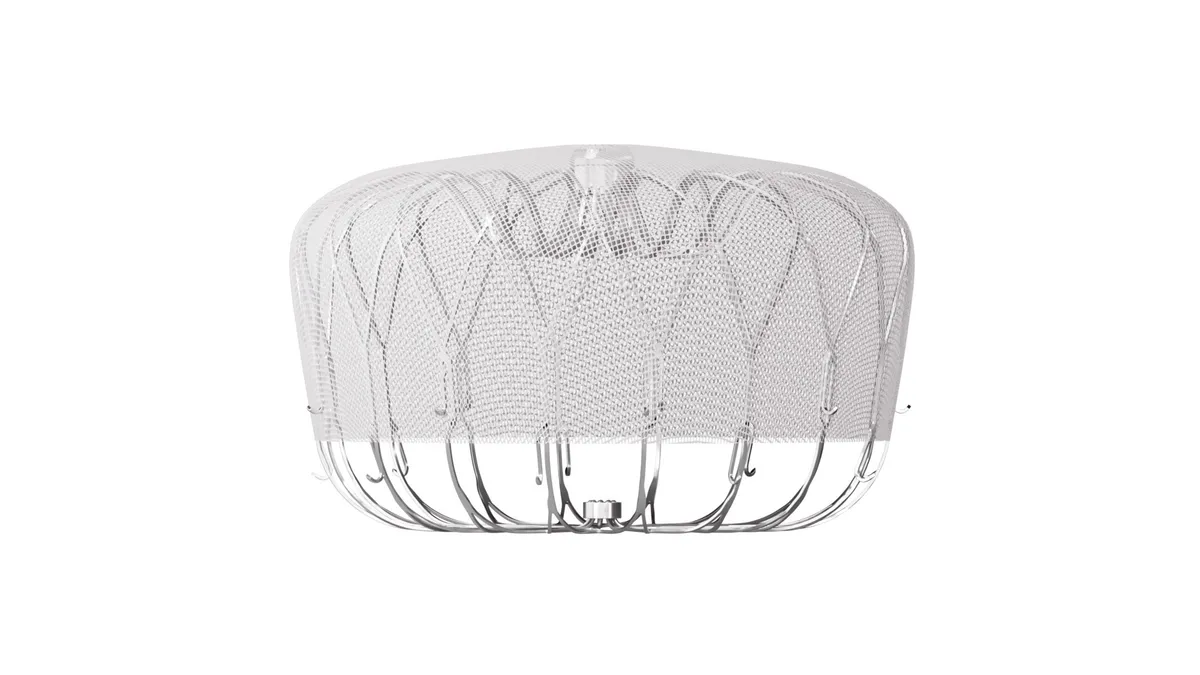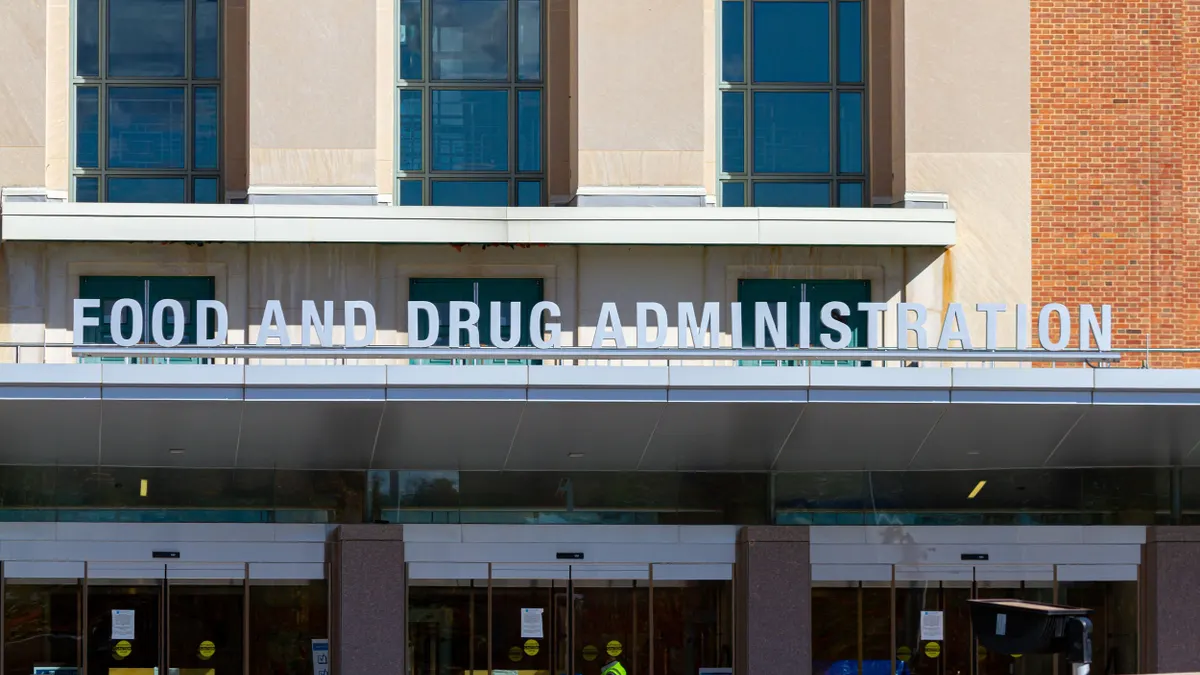Federal officials said a new rule that expands regulatory oversight of laboratory developed tests (LDTs) will better protect patients from inaccurate results while maintaining access to important diagnostics.
However, industry experts argue the new requirements could limit the availability of tests, and predict the rule may face legal challenges.
On Monday, the Food and Drug Administration released its contentious final rule placing LDTs, a growing category of tests manufactured and used within a single lab, under the same regulatory framework as medical devices and other in vitro diagnostics used across multiple hospitals and labs.
The FDA’s existing enforcement discretion policy will be phased out over four years, but LDTs already on the market and those designed to address unmet needs will remain under the old approach. LDTs approved by the New York State Department of Health’s Clinical Laboratory Evaluation Program are also excluded from the FDA’s premarket review requirements.
The agency did not adopt an exemption for tests considered low risk, which the laboratory industry had sought.
The plan is intended to address concerns that the cost of compliance with the new requirements could lead to widespread loss of access to tests that patients rely on, Jeff Shuren, director of the FDA’s Center for Devices and Radiological Health, said Monday in a media briefing. If problems are identified with a test, the agency can still move forward to take enforcement action, and some modifications to a test also would trigger additional oversight, Shuren said.
“We think this overall strikes the right balance,” he told reporters.
The FDA believes the risks associated with LDTs are much greater today than when the enforcement discretion approach began decades ago.
“Most LDTs receive limited oversight from the FDA. This puts patients at risk,” Shuren said. “The FDA is aware of numerous examples of potentially inaccurate, unsafe, ineffective or poor-quality IVDs offered as LDTs that caused or may have caused patient harm.” Those include tests used to identify cancer risk or select cancer treatment, diagnose COVID-19 and manage rare diseases.
Industry analysts said the exclusions for certain tests, especially those already on the market, are a positive for laboratories.
“This is a huge sigh of relief for the industry, and also for patients,” Amanda Laskey, life sciences senior analyst for accounting firm RSM US, said in an interview.
The final rule should put to rest concerns that stringent requirements could lead to test shortages, Laskey said.
Waiving pre-market reviews for existing tests minimizes the risk of disruptions and incremental costs to labs' existing businesses for companies including Labcorp and Quest Diagnostics, said Jefferies analyst Brian Tanquilut.
“With the rule being relatively benign (don't get us wrong, we recognize that it will still require increased administrative burden and friction going forward in the form of reporting requirements and pre-market reviews for new tests), the overhang on lab stocks related to concerns about a potentially significant regulatory headwind is now gone,” Tanquilut wrote in a note to clients.
The FDA received more than 6,500 comments this fall after it proposed the rule, which was years in the making.
"What I worry about is speed to market of LDTs," Labcorp CEO Adam Schechter said in an earnings call last week. "The real question to me is going to be how fast the FDA will be able to review the new LDTs and get them into the marketplace."
Potential legal battle
The American Clinical Laboratory Association (ACLA), which had asked FDA to withdraw the rule, said in a statement shortly after the final rule was released that it continues to have “grave concerns,” arguing that the regulation will undermine innovation and increase healthcare costs, could reduce access to testing and exceeds the FDA’s statutory authority.
“ACLA strongly believes FDA regulation of LDTs could only be done through legislation that establishes a diagnostic-specific, risk-based framework,” the trade group said. The ACLA supported the Verifying Accurate Leading-edge IVCT Development (VALID) Act in Congress, but the legislation stalled.
Jeff Gibbs, a director at the law firm Hyman, Phelps & McNamara, said costs involved in increasing staff at both FDA and labs to meet the new requirements will be significant, and the increased regulatory burdens could mean some tests will not be made available.
“This is a very, very material rule that has a dramatic impact on the laboratory industry in healthcare,” Gibbs, a former associate general counsel for enforcement at the FDA, said in an interview. “There's no way to sugarcoat it. That's what it does. It transforms the lab industry.”
Lisa Dwyer, partner at law firm King & Spalding, said FDA’s rule will affect thousands of testing facilities nationwide, including in medical centers, hospitals and public health laboratories, and is likely to face legal challenges.
"FDA’s final rule on LDTs does not change the nature of the decades-long battle over whether FDA has jurisdiction over LDTs," Dwyer said. "It just shifts the battlefield from FDA to the courts. Regardless of who wins in the courts, it’s likely that the battle will ultimately shift back to Congress.”




















